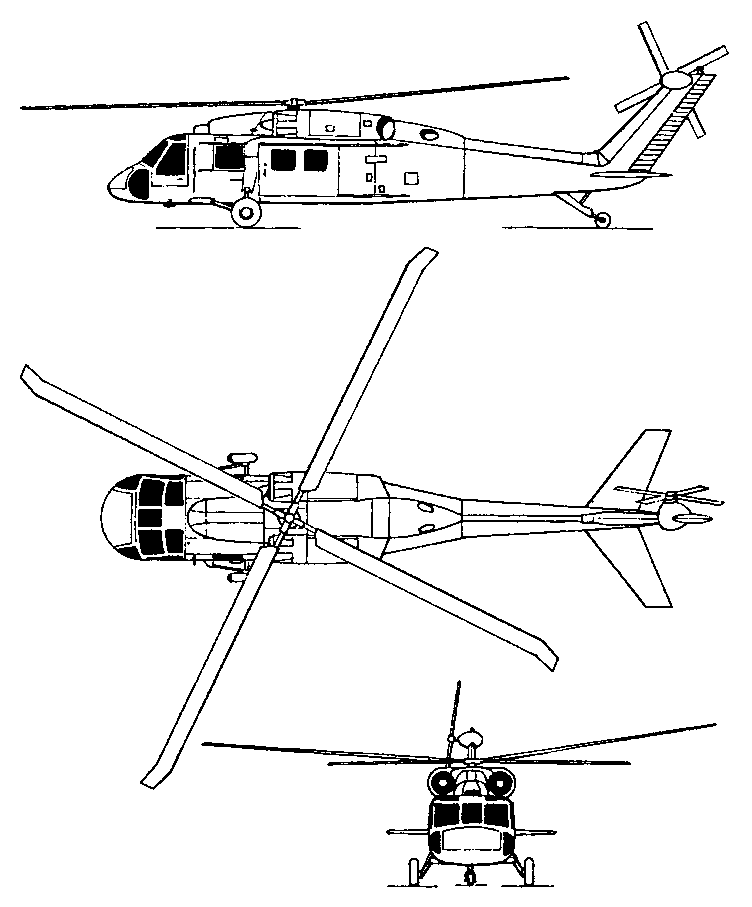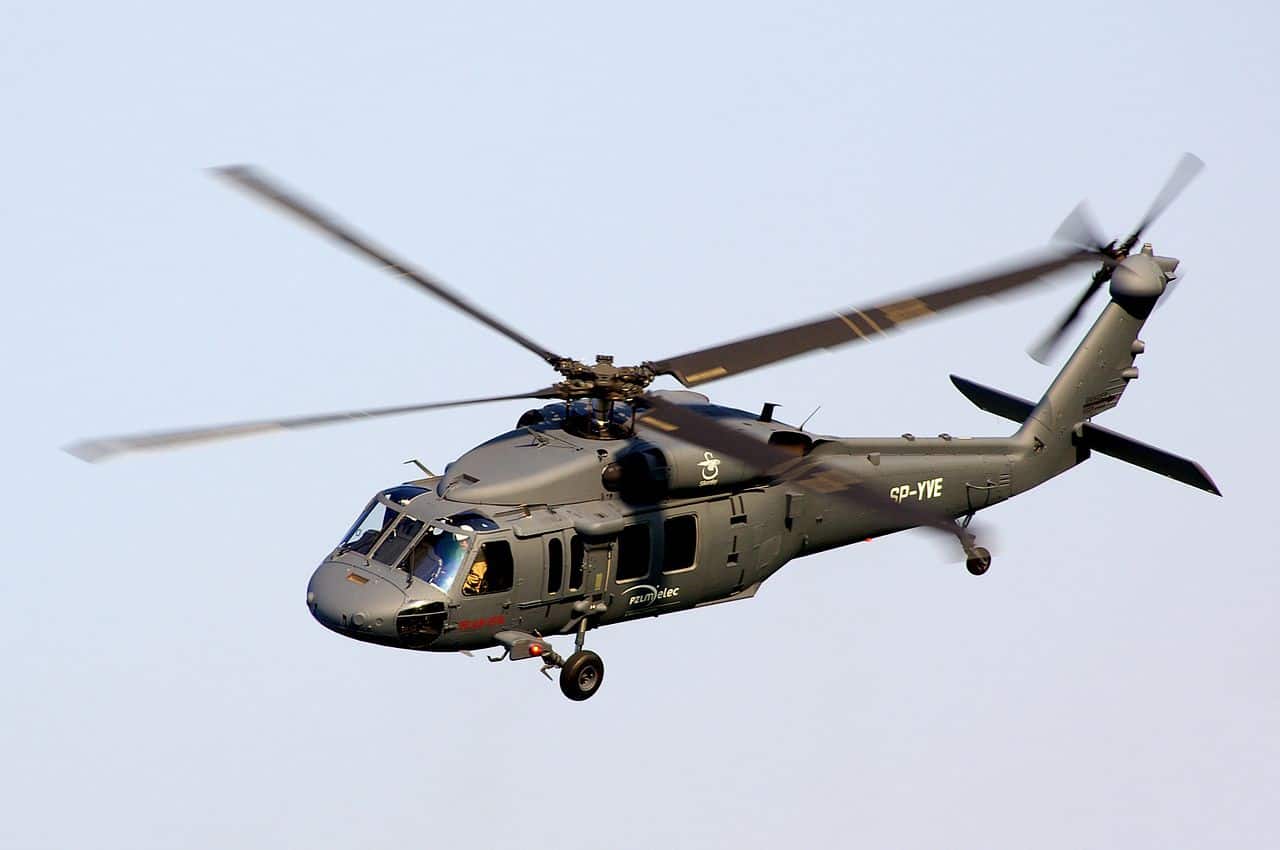Why the Sikorsky S 70 is the Preferred Choice for Modern Helicopter Missions
Why the Sikorsky S 70 is the Preferred Choice for Modern Helicopter Missions
Blog Article
Modernized Vertical Lift System With Advanced Composite Frameworks and Boosted Safety Measures
In the realm of vertical lift platforms, a substantial shift in the direction of innovation has actually been observed, driven by the integration of innovative composite frameworks and heightened precaution. These improvements stand for a critical advancement in the layout and capability of lift platforms, guaranteeing raised efficiency and dependability across various sectors (sikorsky s 70). As markets pursue higher operational accuracy and security requirements, the application of composite materials and progressed safety attributes has actually become paramount. In checking out the merging of innovation and safety in modern-day lift platforms, a compelling story arises, showcasing the potential for transformative developments that accommodate the ever-evolving requirements of commercial markets.
Evolution of Upright Lift Systems

The evolution of vertical lift systems can be traced back to standard pulley systems and very early elevator designs. With time, advancements such as hydraulic systems, electric motors, and progressed control mechanisms have actually significantly boosted the effectiveness and security of these systems. Manufacturers have actually also concentrated on improving the stability, reach, and load-bearing capacities of upright lift platforms to satisfy the diverse requirements of different sectors.
Moreover, the combination of wise innovations like sensing units, IoT connectivity, and automation features has actually better changed the capabilities of contemporary vertical lift platforms. These technical enhancements not just boost functional productivity however likewise make sure increased security standards for workers using these systems at numerous heights. The continuous development of upright lift systems emphasizes their indispensable role in improving vertical wheelchair across sectors.
Assimilation of Advanced Composite Frameworks

Additionally, making use of innovative composite materials enables even more facility and enhanced architectural layouts, allowing engineers to tailor the platform's properties to satisfy particular performance requirements. This personalization can result in enhanced aerodynamics, decreased vibrations, and improved general security throughout operation. The assimilation of sophisticated composite frameworks likewise contributes to a reduction in upkeep costs and downtime, as these materials exhibit outstanding resistance to ecological factors and have a longer solution life contrasted to conventional products. In general, the consolidation of innovative composite frameworks in modern-day vertical lift systems represents a significant advancement in aerospace modern technology, resulting in a lot more reliable, reputable, and much safer aerial transport systems.
Boosted Precaution Execution
Implementing improved safety and security steps is crucial in ensuring the ideal efficiency and integrity of modern-day upright lift platforms. These steps include a series of methods aimed at mitigating risks and boosting overall safety and security requirements. One crucial aspect of boosted security steps is the integration of innovative sensing unit modern technologies to check different parameters in real-time. By using sensing units for functions such as architectural health surveillance, load monitoring, and ecological noticing, potential hazards can be recognized early, enabling proactive upkeep and restorative activities.

Industry Applications and Advantages
With improvements in technology and engineering, updated vertical lift platforms have actually discovered varied applications across numerous markets, offering considerable benefits in efficiency and productivity. In the manufacturing market, these platforms improve the procedure of moving heavy materials and tools within facilities, reducing manual handling and improving operational effectiveness. The building sector gain from upright lift platforms by making it possible for workers to access elevated areas safely and efficiently, enhancing total job timelines. Warehousing and logistics firms utilize these platforms to optimize storage room usage and help with quicker picking and packing processes.
Furthermore, upright lift platforms play a critical duty in the repair and maintenance of framework such as bridges, high-voltage line, and buildings, enabling technicians to get to hard to reach locations effortlessly (sikorsky s 70). The aeronautics sector likewise leverages these systems for airplane maintenance and setting up jobs, boosting process efficiency and making certain employee safety at heights. Overall, the widespread adoption of up-to-date vertical lift systems throughout industries underscores their flexibility and the considerable enhancements they offer various operations
Future Trends in Lift System Innovation
Incorporating innovative automation and smart functions, lift platform modern technology is positioned to change vertical transport systems in the close to future. One essential trend is the integration of Internet of Things (IoT) technology, making it possible for lift systems to connect real-time information for predictive maintenance, enhancing efficiency, and improving security. Synthetic knowledge and equipment understanding algorithms are also being included to evaluate patterns, predict potential concerns, and enhance performance. The use of sophisticated products such as carbon fiber composites is on the rise, providing raised durability and toughness while lowering total weight. Enhanced safety measures, consisting of biometric authentication and emergency feedback systems, are coming to be standard features to ensure guest safety. Furthermore, personalized configurations and modular layouts are gaining popularity, allowing for greater adaptability to different settings and demands. As lift system modern technology remains to develop, these trends are established to form the future of upright transport, making it more reliable, safe, and easy to use.
Final Thought
Finally, the modernized upright lift Source system showcases the evolution of technology in the market. By integrating innovative composite structures and enhanced precaution, this platform offers raised efficiency and safety and security for different applications. The sector can benefit greatly from these improvements, and future patterns in lift system innovation are likely to continue enhancing upon these innovations for also better success and efficiency.
In the realm of vertical lift systems, a substantial shift in the direction of innovation has been observed, driven by the combination of advanced composite structures and increased safety and security actions. The continual development of upright lift platforms highlights their indispensable role in enhancing vertical flexibility across sectors.

The unification of sophisticated composite structures in modern upright lift platforms has actually significantly enhanced their architectural stability and performance capacities. By integrating these innovative compounds right into the design and construction Homepage of vertical lift platforms, manufacturers can decrease overall weight, rise load-carrying capability, and improve the platform's toughness and longevity.
Implementing boosted safety actions is important in ensuring the optimal performance and reliability of modern-day vertical lift systems.
Report this page